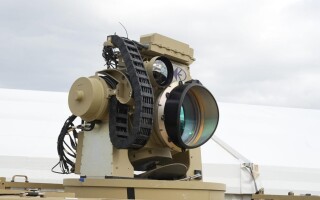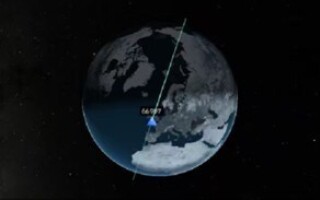Latest SpaceX launch carries ARM MCUs for space station experiments
NewsFebruary 20, 2017

AUSTIN, Texas. The SpaceX CRS-10 cargo resupply mission to the International Space Station (ISS) blasted off on Sunday, February 19 carrying several experiments to be conducted aboard the ISS, including one controlled by an ARM-based Vorago Technologies microcontroller (MCU).
Over the course of a year, the Radiation Hardened Electronic Memory Experiment (RHEME) will monitor the effect of particle strikes on memory, with the experiment monitored and controlled by a Vorago MCU based on the Cortex-MO core. The results of the experiment will contribute to the design and building of memories that can detect errors in spacecraft electronics, correct them, and then eliminate any other looming errors. The ARM-based MCU experiment -- supported by Air Force Research Laboratory and NASA -- marks the first time an ARM-based radiation-hardened microcontroller, designed specifically to withstand extreme conditions, has been deployed in space.
Traditionally, electronics used in space have been based on field-programmable gate arrays (FPGAs), which were designed and built for one-off rockets that were not intended for reuse; however, as space exploration continues to evolve and the reuse of launch vehicles becomes possible, the electronics powering them need to be scalable, affordable, and reliable. The experiment could change the way the space industry designs radiation-hardened systems, accelerating design innovation for chips powering these applications and allowing more MCU-based electronics to be cost-effectively integrated in spacecraft for critical control and safety functions.
Ross Bannatyne, Vorago director of marketing, says of the experiment: “Radiation-hardened MCUs are becoming an increasingly favorable choice for designers addressing space computing applications, particularly in small satellite platforms. ARM technology is well placed to meet the needs of these applications, with features such as low power consumption, vital as spacecraft are powered by solar energy; a wide ecosystem of development support; and a small footprint in satellites with significant space constraints. This experiment will provide critical data for the future development of chips powering 'out-of-this-world' applications.”
The capture and delivery of the cargo to the ISS is expected to occur on Wednesday, February 22, early in the morning. Those interested in viewing the capture by the ISS may find it on NASA TV.





